As the global aviation industry confronts the urgent need for decarbonization, Finnair has set an ambitious target: to reduce its carbon emissions intensity by 34.5% by 2033, guided by the Science Based Targets initiative (SBTi). At the helm of this transformative journey is Ms. Eveliina Huurre, Senior Vice President of Sustainability at Finnair.
In this exclusive interview with TheCSRUniverse, Ms. Huurre sheds light on Finnair’s roadmap to sustainability. From scaling up the use of sustainable aviation fuel (SAF) and investing in fleet renewal to navigating challenges such as geopolitical shifts and financial crises, she offers insights into how Finnair is redefining its operations to align with the Paris Agreement's 1.5°C warming limit. Ms. Huurre also emphasizes the importance of collaboration across industry stakeholders, regulators, and governments to accelerate progress, while highlighting how Finnair empowers customers to play an active role in reducing their carbon footprints.
Join us as we delve into Finnair's strategy to balance profitability and sustainability, ensuring that flying remains both an environmentally responsible and socially beneficial endeavor:
Q. Finnair recently set a science-based target to reduce carbon emissions intensity by 34.5% by 2033. Could you elaborate on what prompted this specific target, and why Finnair chose to align with the Science Based Targets initiative (SBTi)?
A. We want to do our share in solving the climate challenge of flying. As an industry, we must reduce the impact flying has on the climate in order to continue to benefit from the social and economic good that aviation brings.
We believe that the Science Based Targets initiative (SBTi) is currently the leading practice globally across industries for setting credible climate targets. SBTi independently assesses companies’ climate goals to ensure they align with the latest climate science. Climate targets validated by the SBTi guide companies on how much and how quickly they need to reduce their carbon emissions to meet the Paris Agreement's goals — limiting global warming to 1.5°C above pre-industrial levels.
Q. Sustainable aviation fuel (SAF) is expected to play a significant role in achieving Finnair’s carbon reduction goals. What are some of the main challenges Finnair faces in scaling up SAF usage, and how does the company plan to overcome them?
A. We intend to reduce our emissions intensity and thus our CO2 emissions by increasing the use of sustainable aviation fuel (SAF) beyond current regulatory requirements and by developing network, fleet and operational efficiencies. SAF will play a crucial role, and we are currently working on our SAF strategy to ensure a sufficient supply and optimal approach for our needs.
In 2023, SAF accounted for only 0,24 % of our fuel usage. The share of SAF will increase both through regulation and through our voluntary actions. Starting from 2025, the EU will introduce a sustainable aviation fuel supply mandate, which will require aviation fuel to contain at least 2% SAF. The amount will increase to 6% by 2030. This alone does not cover the SBTi pathway, so we also need to increase our voluntary SAF purchase volumes. Finnair is taking part in the Oneworld Alliance’s aspiration to collectively use SAF for 10% of combined fuel volumes by 2030. We are taking part in the Alliance’s joint SAF purchases.
Q. How does Finnair’s commitment to fleet renewal and operational efficiency contribute to its emissions reduction targets? Are there specific innovations or aircraft models that the company is focusing on?
A. We are working to define the timeline and scope of our future fleet investments. The majority of our emissions intensity reduction over the next ten years will come through increased use of SAF.
Q. With sustainability now a core focus for many airlines, how is Finnair collaborating with industry organizations, regulators, and governments to push for more supportive policies and incentives in decarbonizing aviation?
A. Achieving our climate goals will require investments and collaboration on many fronts. For example, increasing the production capacity for sustainable aviation fuel requires market-based investments and diverse incentives right now, so that production facilities can be operational in time.
Q. With the aviation industry evolving rapidly, how is Finnair preparing for unforeseen challenges, such as geopolitical shifts or economic downturns, that could impact its sustainability targets? How does Finnair view the role of carbon offsetting in meeting its net-zero targets, and what proportion of this will be achieved through actual emissions reductions versus offsetting?
A. We intend to reduce our emissions intensity and thus our CO2 emissions by increasing the use of sustainable aviation fuel (SAF) beyond current regulatory requirements and by developing network, fleet and operational efficiencies. SAF will play a crucial role, and we are currently working on our SAF strategy to ensure a sufficient supply and optimal approach for our needs.
It is good to note that SBTi requires airlines to decarbonize within their own operation when achieving their near-term targets: it doesn’t take into account the use of out-of-value chain carbon offsetting, or other market-based mechanisms such as the EU Emissions Trading System or CORSIA.
Q. How has Finnair adjusted its sustainability targets or strategies in response to the financial pressures brought by events such as the COVID-19 pandemic and the closure of Russian airspace?
A. The double crisis caused by first, the pandemic, and then, the closure of Russian airspace hit us hard and had a significant impact to our operations and also to our emissions. After this double crisis, we have focused on getting our finances back in balance. Continued profitability is key to being able to invest.
After careful consideration, we have decided to align our long-term climate ambition with the industry's united objective of achieving net-zero carbon emissions by 2050.
Q. Has Finnair introduced any initiatives to help passengers reduce their individual carbon footprints, such as options for carbon offsets or more sustainable in-flight service choices?
A. To increase the amount of sustainable aviation fuel in Finnair’s flight operations, Finnair collaborates with its corporate and cargo customers. Businesses using Finnair's services for business travel or freight transport can participate in financing sustainable aviation fuel, thus reducing the CO2 emissions of flying associated with their operations.
Companies receive certification for their voluntary emission reductions from the collaboration, and we can report increased use of sustainable aviation fuel. Together we also provide SAF producers with visibility into growing markets. Private customers can also support the use of sustainable aviation fuel on Finnair flights. (read more: https://www.finnair.com/fi-en/sustainable-travel/finnair-s-climate-service)
Q. Carbon emissions intensity is a core metric in Finnair’s targets. Could you explain how emissions per revenue tonne kilometre (RTK) guide operational decisions, and are there other KPIs that Finnair monitors for sustainability?
A. Emissions intensity (CO2e/RTK) is a common metric used in aviation, and it describes the efficiency of our operations. Good emission efficiency means that we are operating our network as efficiently as possible. Emissions intensity also offers a common metric to assess performance across different operators.
Q. The Science Based Targets initiative aligns with the Paris Agreement’s 1.5°C warming limit. How does Finnair’s commitment contribute to these broader climate goals, and what unique challenges does aviation face in achieving them?
A. We believe that the Science Based Targets initiative (SBTi) is currently the leading practice globally across industries for setting credible climate targets. SBTi independently assesses companies’ climate goals to ensure they align with the latest climate science.
Q. How does Finnair plan to remain at the forefront of sustainable aviation over the next several decades, as the industry continues to evolve?
A. It is important to understand and follow the global megatrends in sustainability and be able to implement different changes rather quickly in this rapidly changing world. Good examples of the future requirements are changing customer needs, shift in demographics and future changing requirements of work in aviation. So to highlight sustainable aviation is not only using less fossil-fuels, it is a lot more.







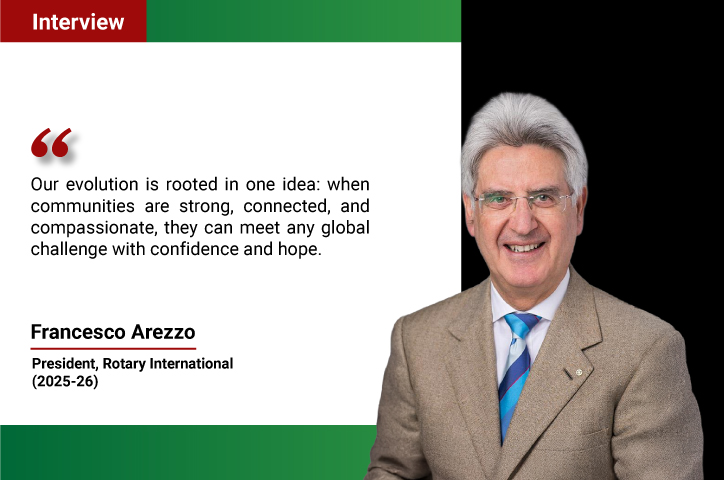
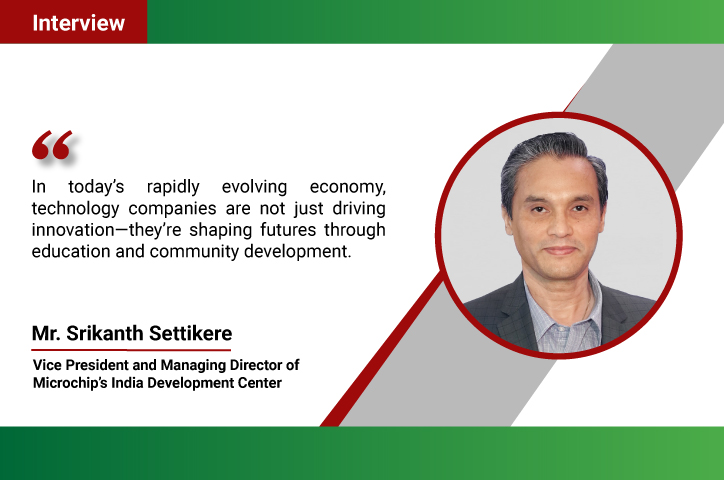
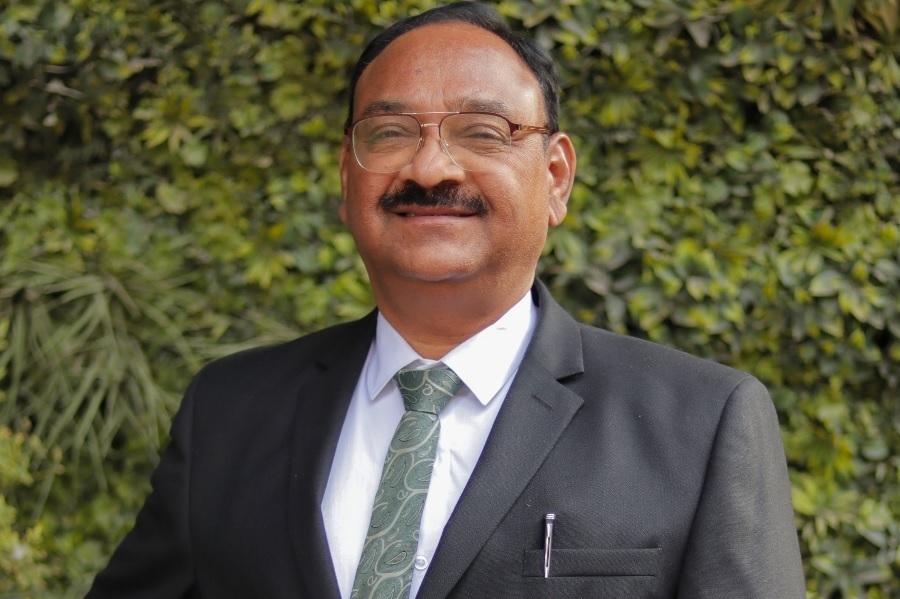
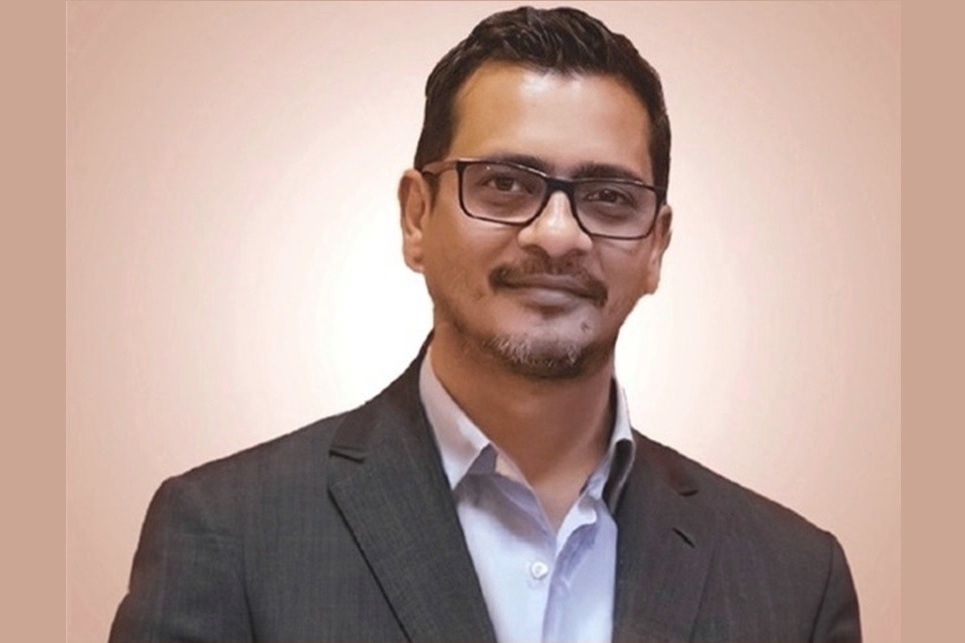

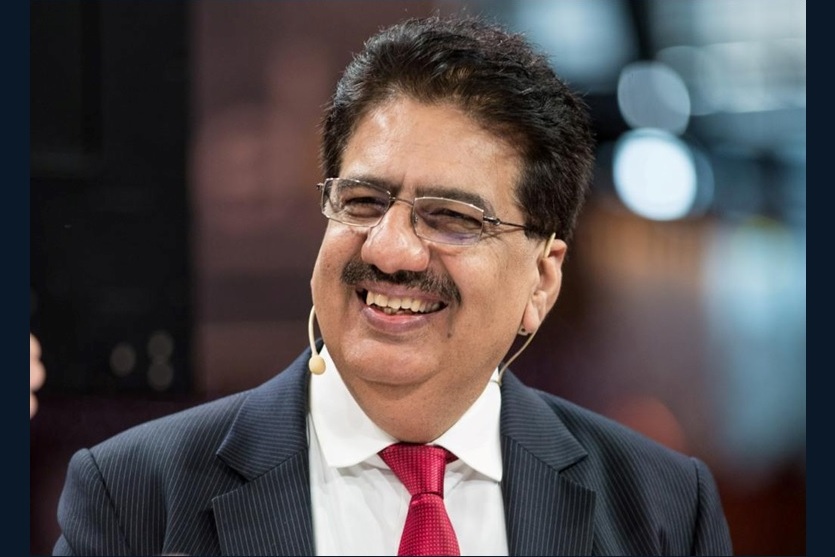



.jpg)




